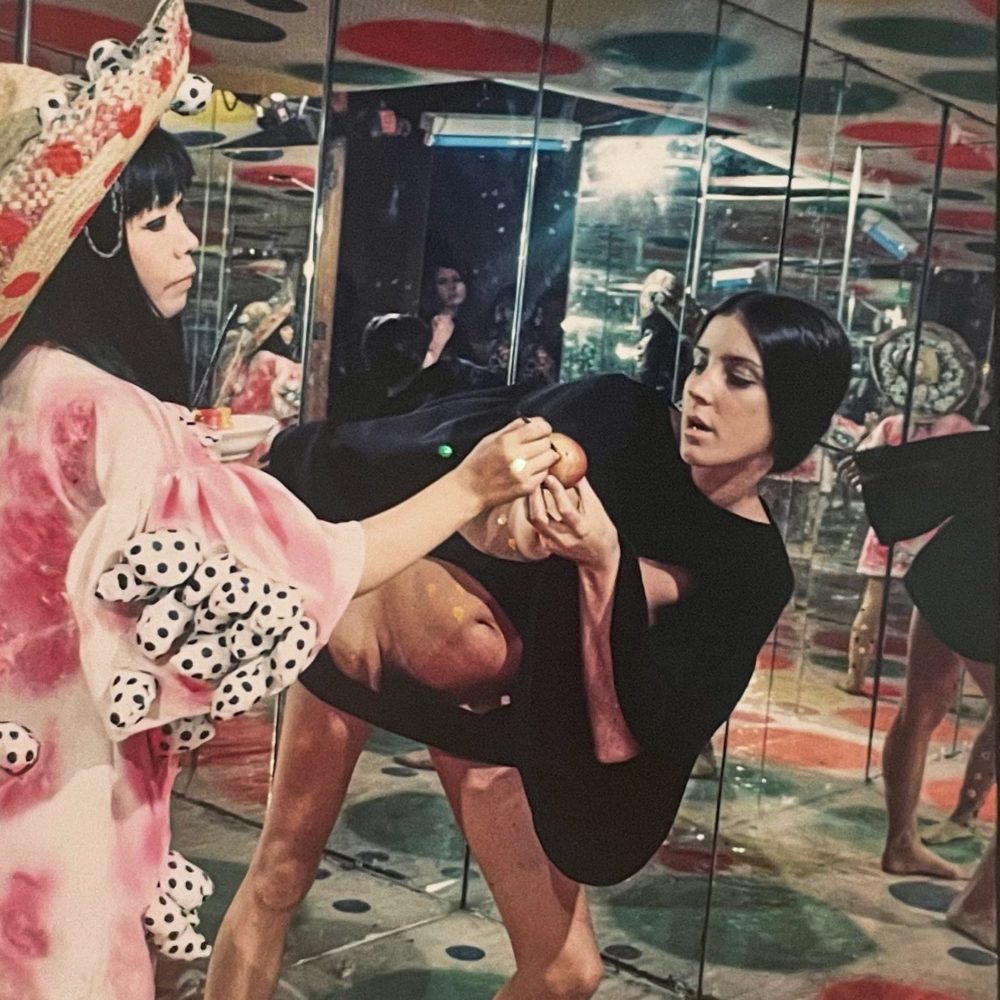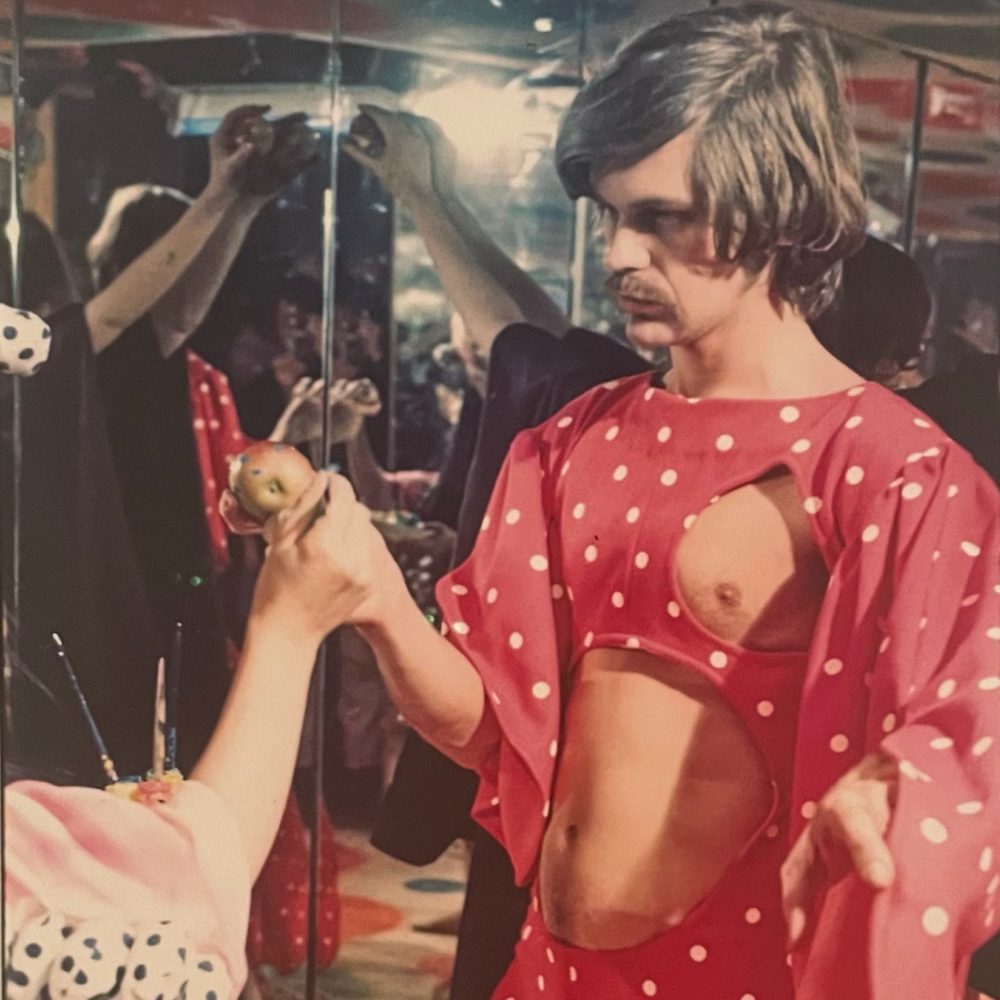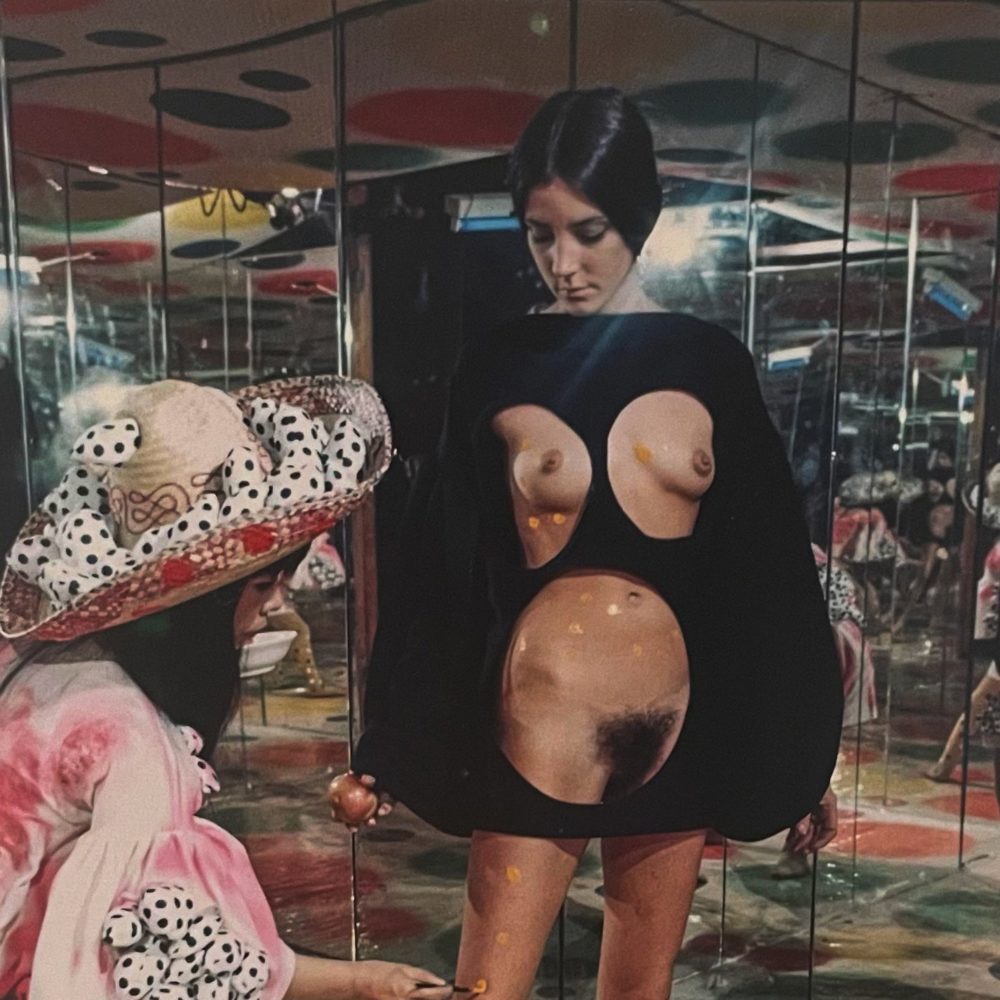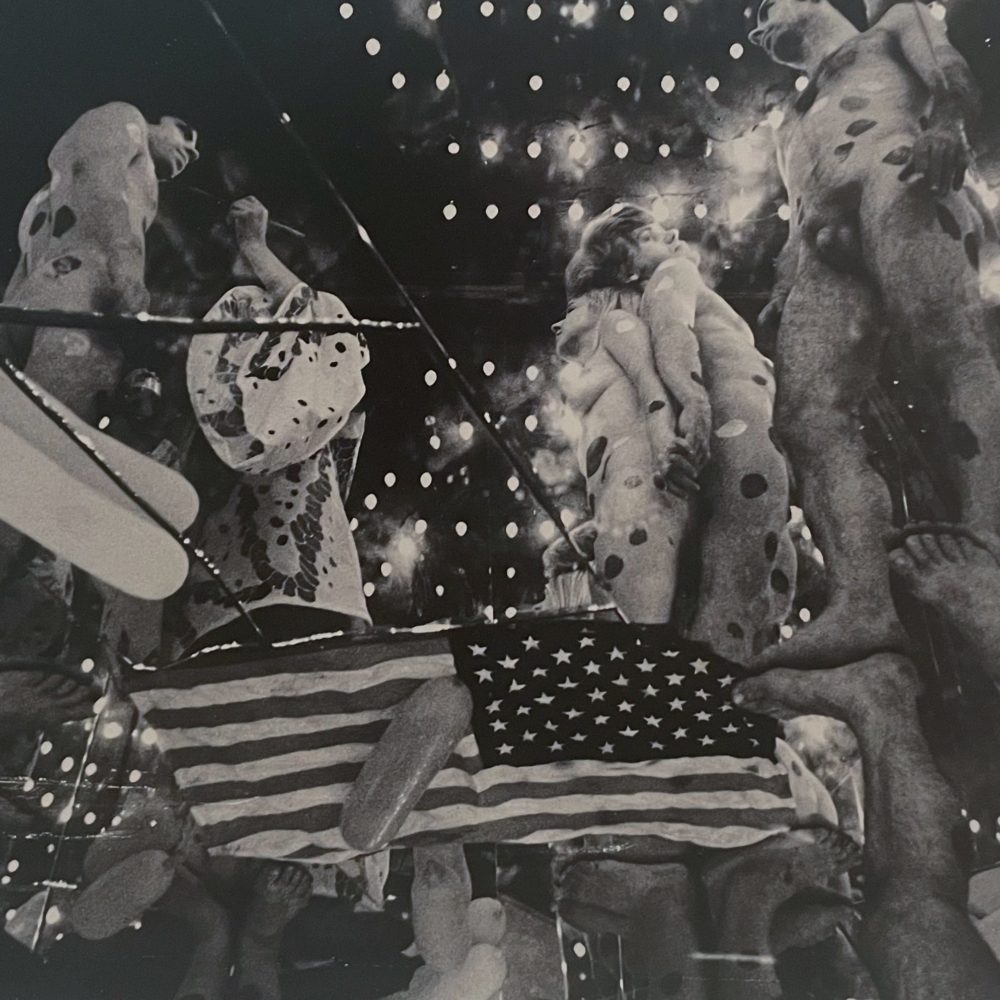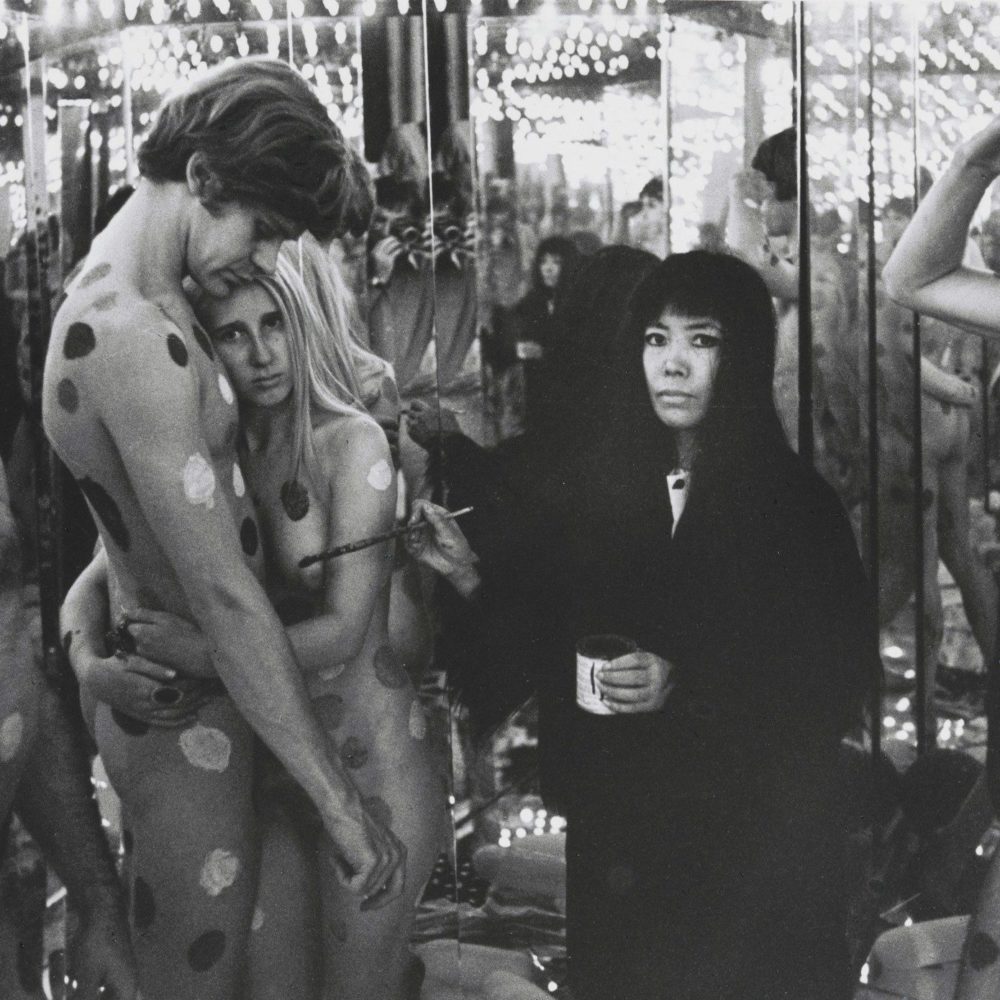Yayoi Kusama is a Japanese artist and writer, whose has been heavily influenced by hallucinations which she experiences as a result of her mental illness. She creates paintings, sculptures, performances and instillations to help her share and make sense of her experiences with these episodes. For Kusama, the experience of art is more than simply “seeing”. It is also about being immersed by it, stepping into the work, much as in the artist’s highly accredited ‘Infinity Mirror Rooms’.
Exploring Yayoi Kusama’s Infinity Rooms
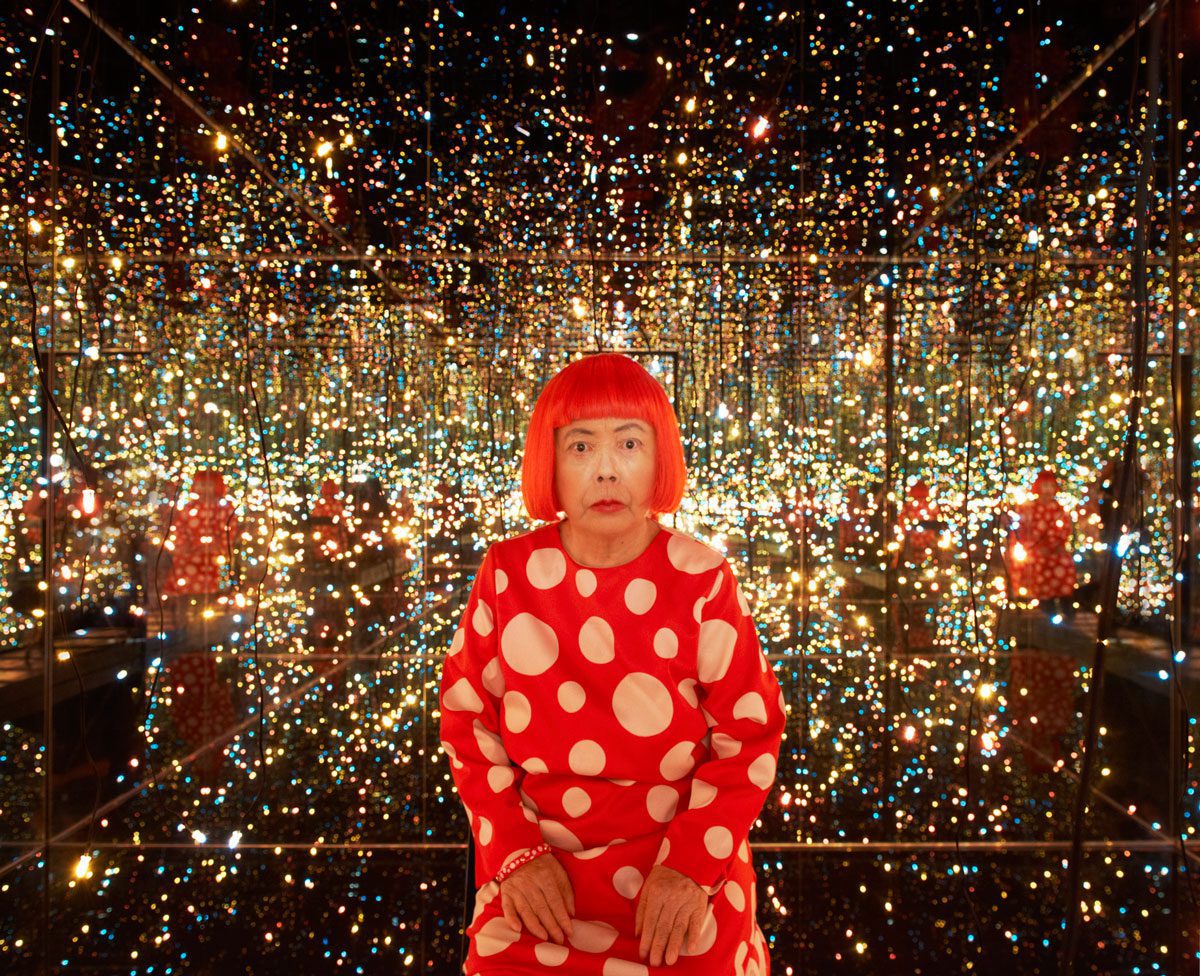
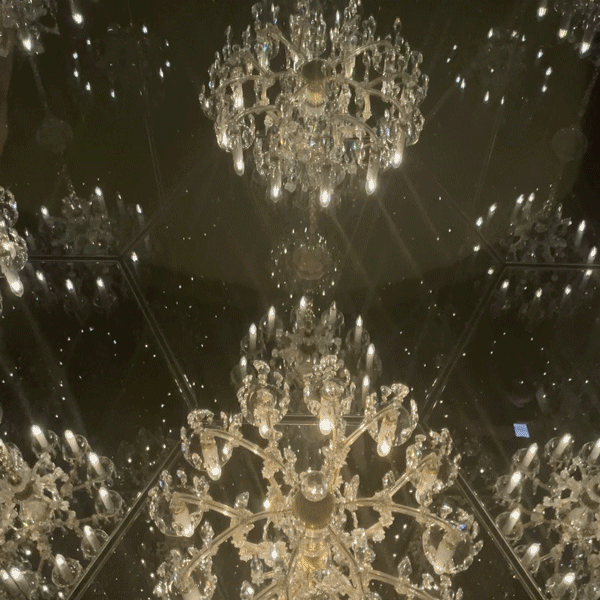
Early Life
Kusama was born in Matsumoto, Japan, in 1929, at a time of major economic crisis and growing nationalism when Japanese traditions and social a conservatism were strongly promoted. Her aptitude for art began as a child, and though her family discouraged her, Kusama went on to study painting in Kyoto. While searching for ‘unlimited freedom and a wider world’ she later moved to the US in 1957, spent the 1960s in New York and immersed herself in the ever-changing art scene there.
Return to Japan
The artist returned to Japan in 1973. Kusama has experienced mental health problems her whole life, around this time she began to have acute hallucinations, and admitted herself into a Tokyo hospital in 1977 in response. Now 92, she still resides there to this day, with her studio close by. The artist explains ‘I write novels and poems and I also paint in the hospital, they are my saviours’.
It would be futile and meaningless to focus on the shrinking time-frame before me, or to think of my limitations. I shall never stop striving to make works that will shine on after my death"Yayoi Kusama
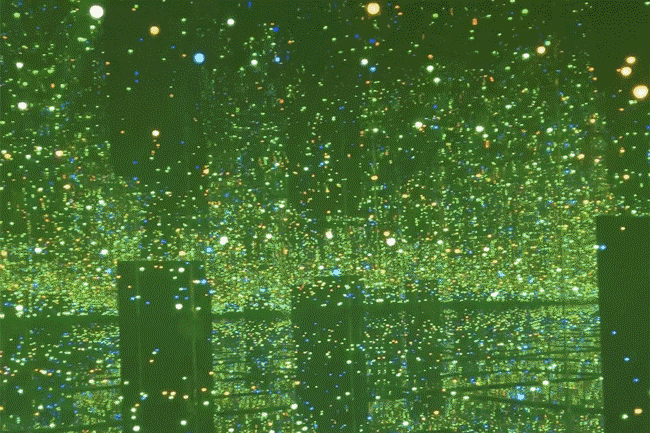
From early life, the artist has experienced visual hallucinations and describes the all-encompassing feeling of these episodes as ‘self obliteration’. Kusama uses experiences like this in her work as a way to make sense of them and share them with the world. Mirrors, dots and repetition have long been consistent motif’s through Kusama’s art which emulate the surreal, repetitive and often infinite feeling of her hallucinations, depicting things that “only the mind can see”.
This highly anticipated exhibition, now at the Tate Modern in London, has been sold out until October since earlier this year. If you somehow do manage to bag a ticket, we recommend visiting each instillation twice if you can. Firstly, to to go and take all the photographs you will inevitably want to take, and then, to completely immerse yourself in the space with no phones or distractions. When you do, you will understand how entering one of the pieces on display here is like entering a “hallucinatory palace of light,” as find yourself ”drifting through a star-spangled infinity,” hypnotised by “prismatic glints.” The encounter is both “wonderful” and “disquieting.”
Although best known for her instillation work, Kusama also created work throughout her time in New York in the 1960’s which offered social commentary on the sexism and discrimination faced by Japanese women at the time. Her photographic work (images 7-9) offers a reflection on the Socioeconomic climate of the US at the time. Their visual excess is not an escape from reality, but instead is a way of understanding a culture focused on consumption and spectacle.
